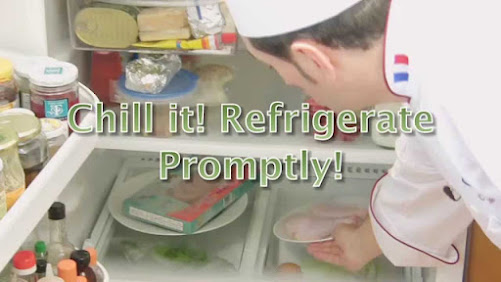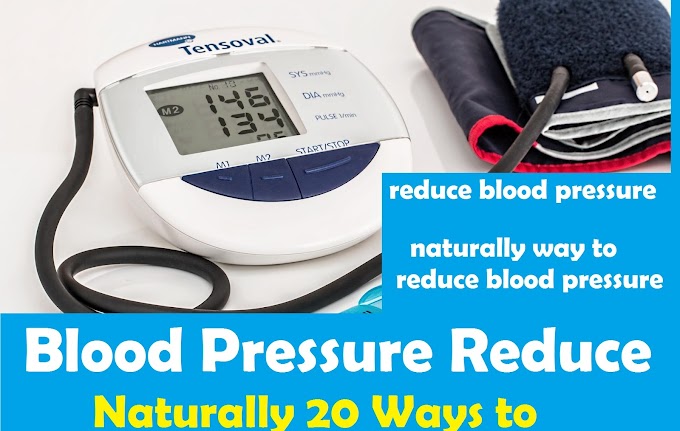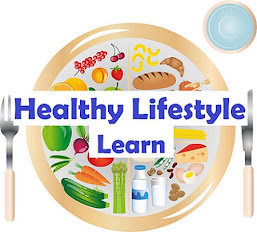10 Easy Ways To Protect Family From Food Poisoning
Taking walks, lifting weights, doing chores it’s all proper. No matter what you do, regular exercise and physical pastimes are the paths to health and well-being. Workout burns fat builds muscle, lowers cholesterol, eases stress and tension, and shall we sleep restfully. Healthy lifestyle learn.
 |
| 10 Easy Ways To Protect Family From Food Poisoning |
Are you aware of the methods being numerous germs that can contaminate the foodstuff YOUR FAMILY consumes? Are you aware of just how to inform when your meals are THOROUGHLY prepared to help keep the household that is yours from Food Poisoning? Do you realize what you should do if YOU LIKE to get Food Poisoning in the event that you or SOMEONE?
In terms of meal storage space and planning, "Common techniques" could possibly be POISONING your household!
Listed here is steer clear of the nagging issue completely:
1. Plan For Safety
 |
| Plan For Safety |
Ensure you have actually the gear that's right including cutting boards, utensils, meal thermometers, cookware, superficial containers for storage space, detergent, and paper towels. Make certain a supply is had by you of clean water. Plan ahead to make sure that you will see storage space that is sufficient within the fridge and fridge.
2. Shop Smart
 |
| Shop Smart |
Avoidance of food poisoning begins along with your visit to the supermarket. Grab your canned and packaged meals first. Purchase cans and jars that look perfect. Perform some cans that have actually dents? Never purchase products that are canned dented, cracked, or bulging. They are the indicators that dangerous germs are growing into the will. Would be the jars cracked? Will they have lids bulging or loose? The foodstuff could have germs that will allow you to be unwell. Try to find any termination times regarding the labels and do not purchase meals that are outdated. Likewise, check out the "use by" or "sell by" date on dairy food such as for instance cottage cheese, cream cheese, yogurt, and cream that is sour select the people who will remain fresh the longest in your fridge.
3. Store Food Correctly
 |
| Store Food Correctly |
After shopping, get a house once you can. Then place food in the fridge or freezer right away. Remember to set the fridge heat to 40° F, as well as the fridge to 0° F., check always conditions by having an appliance thermometer. Make sure to refrigerate or freeze perishables, prepared meals, and leftovers within 2 hours of shopping or organizing. Place meat that is natural chicken, and seafood in containers within the fridge, to avoid their juices from dripping on other foodstuffs. Natural juices may include germs being harmful. Eggs always get within the ice box.
4. Prepare Food Safely
 |
| Prepare Food Safely |
Wash arms and areas usually. Bacteria could be spread through the kitchen area and acquired onto cutting panels, utensils, and countertops. To avoid this, clean hands with detergent and water that is hot after managing meals, and after utilizing the restroom, changing diapers, or managing animals. Wash anything else before and after it touches meals. Use paper towels or cloths which can be clean to wipe home surfaces or spills. Washcloths them once again for whatever else before you utilize them. Make use of the period that is hot in the automatic washer. Wash cutting panels, meals, utensils, and countertops with hot, soapy water after planning each food and prior to going about the product that is next. A remedy of just one teaspoon of bleach in 1 quart of water could be utilized to sanitize washed areas.
5. Cook Food Thoroughly
 |
| Cook Food Thoroughly |
Cook meals completely until it's done. Prepared meat that is red-brown inside. Poke cooked chicken having a fork. The juices should look clear, perhaps not red. Dig a fork into the prepared seafood. The seafood should flake. Prepared egg whites and yolks are firm, maybe not runny. Make use of a food thermometer to check on the heat that is the interior of, chicken, casseroles, along with other meals. Make use of a thermometer by having a stem that is small-diameter. Insert the thermometer 1 or 2 ins into the center associated with meals and wait 30 moments to make certain a dimension is accurate. Check out the heat in a number of places to be certain the foodstuff is evenly heated.
6. Chill Food Immediately
 |
| Chill Food Immediately |
Place meals in the fridge. Do not overfill the fridge. A cool atmosphere must flow to help keep food secure. Divide place and meal it in superficial containers. Piece roast beef or layer ham in containers in portions for a solution. Divide turkey into smaller portions or pieces & refrigerate. Remove filling through the cavity before refrigeration. Place soups or stews in superficial containers. To cool quickly, spot within an ice water stir and shower. Protect and label prepared meals. Is the planning date on the label?
7. Transport Food Safely
 |
| Transport Food Safely |
Keep food cold that is cool. Place meals that are cool in a cooler by having a cool supply such for example ice or commercial freezing ties in. Use lots of ice or freezing that is commercial. Cool meals must be held at or below 40° F. Hot meals ought to be held hot, at or above 140° F. Wrap well and put in a container that is insulated.
8. Reheat Food Correctly
 |
| Reheat Food Correctly |
Heat cooked, commercially vacuum-sealed, ready-to-eat meals, such as for instance hams and roasts, to 140° F. Foods that have now been prepared ahead & cooled should really be reheated to at least 165° F. Reheat leftovers completely to at least 165° F. Reheat sauces, soups, and gravies up to a boil.
9. Serve Food The Safe Way
 |
| Serve Food The Safe Way |
Usage containers which can be clean utensils to keep and serve meals. Each time a meal is empty or almost empty, change it to having a fresh container of meals, getting rid of the container that is past. Place meals that are in cool containers on some ice. Hold cool meals at or below 40° F. Food that'll be portioned and offered must be put in a container that is superficial. Spot the container in a very large pan that is deep and partially with ice to help keep the foodstuff cold. When the meals are completely heated on the stovetop, range, or range that is microwave keep meals hot using a temperature supply. Place meals in chafing dishes, preheated vapor tables, warming trays, and/or sluggish cookers. Check out that the heat usually becomes meals that are certain at or above 140° F.
10. Finish Your Meal Experience Safely
 |
| Finish Your Meal Experience Safely |
Prepared meals really should not be kept looking at your kitchen or dining table countertop for over 2 hours. Disease-causing germs grow in temperatures between 40° F and 140° F. Cooked foods that have been in this heat range for over 2 hours really should not be consumed. If your meal will be offered hot, have it through the kitchen stove to your dining table as soon as possible. Reheated foods should really be taken to heat at least 165° F. Keep meals that are cool in the ice box or for the sleep of ice until serving. This guideline is very essential to consider in the summertime. Leftovers must be refrigerated at the earliest opportunity. Meats ought to be cut into pieces of 3 ins or less and all sorts of meals must be saved in tiny, superficial containers to hasten to cool. Make sure you eliminate all of the stuffing from roast turkey or shop and chicken it separately. Giblets also need to be kept individually. Leftovers must be utilized 3 times. Discard any meals omitted at space heat for longer than 2 hours.









